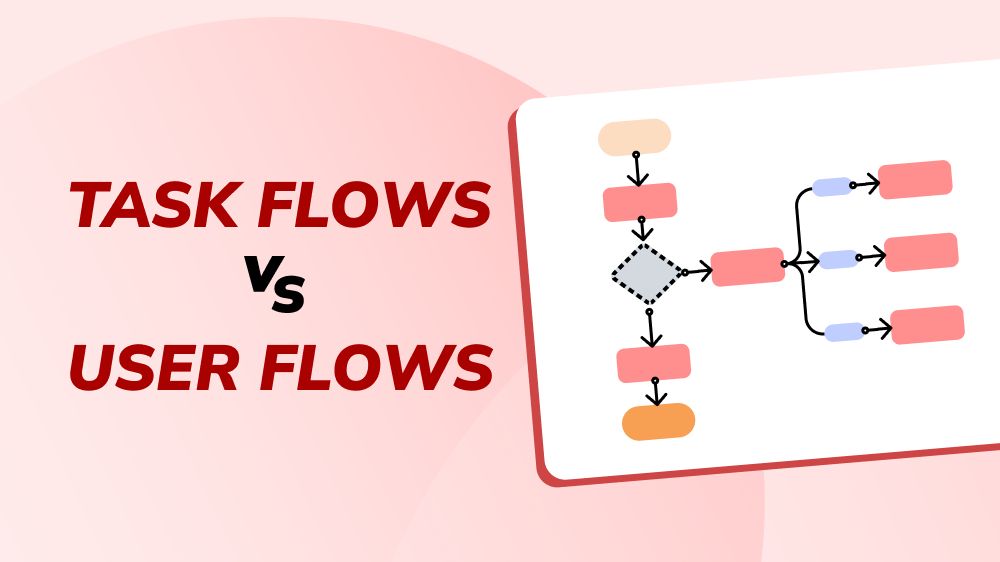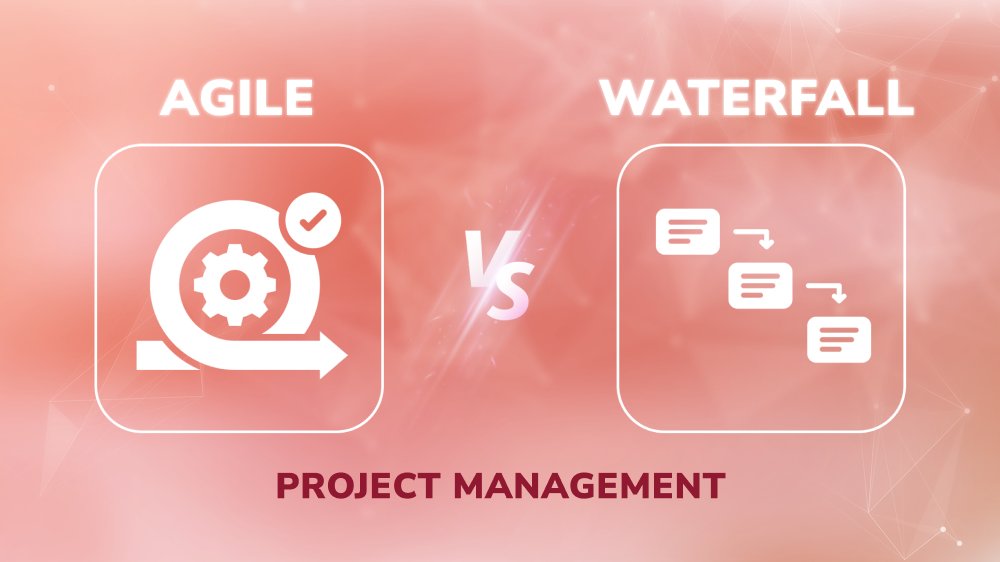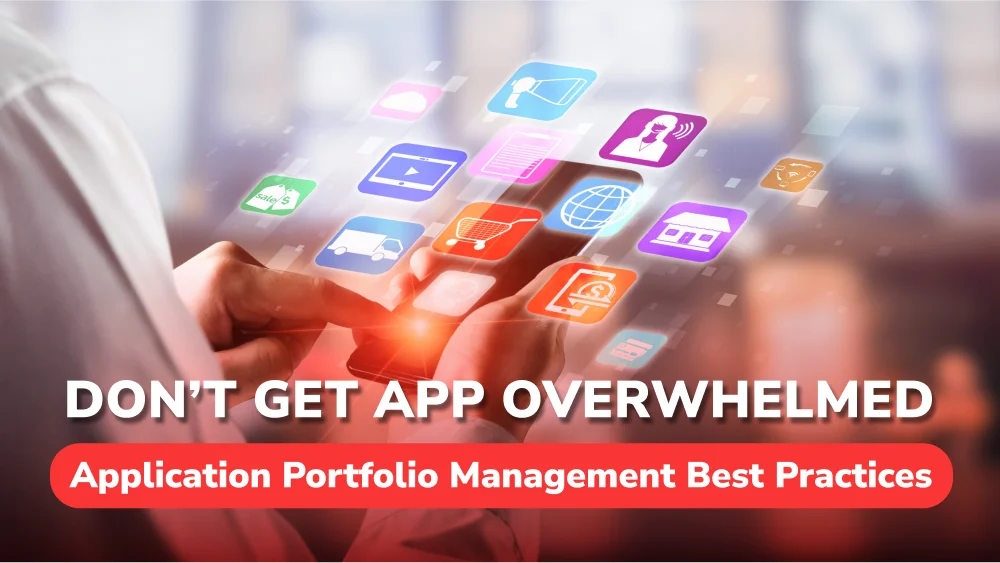Is Your Recruitment Process Costing You? Check out Recruitment ROI!

Content Map
More chaptersIn the competitive landscape of talent acquisition, the stakes are high, and the costs are even higher. Did you know that the average job vacancy costs a company a staggering $98 per day, and it takes about 42 days to fill a position? That’s nearly $4,129 in losses for each unfilled role. But what if there was a way to measure the effectiveness of your hiring process and ensure you’re getting the best talent for your buck? Check out recruitment ROI, your secret weapon for turning recruitment from a cost center into a profit driver.
Here, we’ll explore how a strategic approach to recruitment can not only save you money but also enhance the quality of your hires. With 73% of potential candidates being passive job seekers and 60% abandoning applications due to complexity, it’s time to reassess your recruitment ROI. Get ready to unlock the secrets of efficient hiring and transform your recruitment strategy into a powerhouse of profitability and success.
Key takeaways
- Calculate Recruitment ROI for Hiring Success: Traditional recruitment processes can be expensive and inefficient. Understanding and optimizing your recruitment ROI empowers you to make data-driven decisions, attract top talent, and ensure you’re getting the best value for your hiring investment.
- Measure and Optimize for Maximum Impact: Key recruitment metrics like cost per hire, time-to-fill, and quality of hire provide valuable insights into the effectiveness of your hiring process. By analyzing and tracking these metrics, you can identify areas for improvement and enhance your recruitment strategy for a positive ROI.
- Strategic Methods to Maximize Your ROI: Building a strong employer brand, implementing technology solutions, and embracing data-driven decision-making are powerful methods to maximize your recruitment ROI. These strategies help you attract better talent, streamline your hiring process, and ultimately hire the right people who contribute to your business’s success.
Get to Know Recruitment ROI
Recruitment ROI (Return on Investment) refers to the measurement and evaluation of the efficiency and effectiveness of hiring efforts. It quantifies the value generated from investments made in the recruitment process, such as advertising, sourcing, candidate screening, and hiring. Recruitment ROI provides valuable insights into the overall success and impact of recruitment strategies and helps the recruitment team make data-driven decisions to optimize their hiring processes.
Recruitment ROI is significant for several reasons. Firstly, it enables organizations to assess the financial impact of their recruitment activities. By understanding the return on their investment, companies can identify aspects where resources are being allocated effectively and areas that require improvement. Secondly, it helps justify recruitment budgets and allocate resources strategically based on the expected returns. Lastly, measuring recruitment ROI allows organizations to continuously improve their recruitment strategies, resulting in better talent acquisition, reduced time-to-hire, and increased overall organizational performance.
How Do You Calculate ROI for Recruitment?

Recruitment ROI can be calculated by comparing the financial gains associated with successful hires to the costs incurred during the recruitment process. The recruitment ROI calculator could be generated by following this formula:
Recruitment ROI = (Lifetime value of an employee) / ([cost to hire employee] + [cost to retain employee])
- Lifetime Value of an Employee: This component refers to the long-term value generated by an employee during their tenure with the organization. It includes factors such as increased revenue, improved profitability, enhanced team productivity, and other tangible and intangible contributions. The lifetime value of an employee represents the overall impact and benefits that the employee brings to the organization over the course of their employment.
- Cost to Hire Employee: This component encompasses all the expenses incurred during the recruitment process to attract, assess, and hire a new employee. It includes advertising costs, recruitment agency fees, candidate sourcing, candidate assessment tools, background checks, and any other direct costs associated with the hiring process. Calculating the cost to hire an employee provides insights into the financial investment made to bring a new employee into the organization.
- Cost to Retain Employee: This component accounts for the ongoing costs associated with retaining the hired employee. It includes expenses related to employee benefits, training and development, compensation, employee engagement initiatives, and any other costs incurred to ensure employee satisfaction, productivity, and long-term retention. The cost to retain an employee reflects the investment made to support and nurture the employee throughout their employment.
Calculating recruitment ROI using this formula enables hiring managers to assess the financial impact and benefits associated with their hiring strategies.
Key Metrics for Optimizing Recruitment ROI
Effective measurement is crucial for optimizing your recruitment ROI. Here are some key metrics that provide valuable insights into your hiring process:
Cost per Hire
Cost per hire is a fundamental metric for measuring recruitment ROI and involves calculating the total expenses incurred to attract, assess, and hire a new employee. This metric considers both direct and indirect recruitment costs. To calculate the cost per hire, organizations should add up all recruitment-related expenses, including job advertising, recruitment agency fees, candidate sourcing, background checks, and interview costs. The formula for cost per hire is:
Cost per Hire = Total Recruitment Expenses / Number of Hires
Interpreting the cost-per-hire metric helps organizations evaluate the financial efficiency of their recruitment efforts. A high cost per hire may indicate potential inefficiencies, such as excessive spending on advertising or over-reliance on external agencies. Conversely, a low cost per hire may suggest cost-effective recruitment practices or a strong internal talent pipeline.
Time-to-Fill
Time-to-fill measures the duration it takes to complete the hiring process, from the initiation of a job opening to the final candidate’s acceptance of an offer. Optimal time-to-fill is crucial for several reasons. A lengthy recruitment process can lead to increased costs, including lost productivity due to vacant positions, increased workload on existing employees, and potential negative impacts on organizational performance and customer satisfaction. Optimizing time-to-fill ensures a more efficient and streamlined recruitment process, enabling organizations to secure top talent swiftly and minimize disruptions.
Quality of Hire
Quality of hire measures the effectiveness of recruitment efforts by assessing the performance and contribution of new hires to the organization. Evaluating the impact of new hires on business performance involves analyzing metrics such as productivity, revenue generation, customer satisfaction ratings, and team collaboration. By tracking these metrics, organizations can determine the success of their hiring decisions and identify areas for improvement in their recruitment strategies.
Organizations can implement various measures to enhance the quality of hires. These include conducting thorough candidate assessments, utilizing behavioral and competency-based interviews, incorporating simulations and work samples, and implementing effective onboarding programs to facilitate a smooth transition for new hires. Regular employee performance evaluations, feedback mechanisms, and ongoing professional development opportunities contribute to nurturing high-quality talent and maximizing their potential in the organization.
Methods for Maximizing Recruitment ROI
Now that you understand the key metrics for measuring recruitment ROI, let’s explore methods to maximize your hiring process and achieve a positive return on investment.
Building a Strong Employer Brand
A strong employer brand plays an important role in attracting top talent to an organization. It represents the reputation and perception of the organization as an employer of choice. By developing and promoting an attractive employer brand, organizations can differentiate themselves in the competitive talent market. This involves showcasing the company’s values, culture, employee benefits, career growth opportunities, and work-life balance. A compelling employer brand helps attract high-quality candidates who align with the organization’s values and vision.
To enhance your organization’s reputation as an employer, consider implementing strategies such as:
- Developing an Employee Value Proposition (EVP): Define and communicate the unique value that employees receive by working for your organization.
- Engaging in Employer Branding Activities: Utilize social media, career websites, and employee testimonials to showcase your organization’s positive work environment and employee experiences.
- Providing a Positive Candidate Experience: Ensure a smooth and positive recruitment process from initial contact to onboarding, as this can significantly impact the perception of your employer brand.
- Encouraging Employee Advocacy: Empower and encourage employees to share their positive experiences on professional networks and social media, serving as brand ambassadors.
Implementing Technology Solutions
Technology solutions, like applicant tracking systems (ATS) and other AI-powered recruitment software, can significantly streamline and optimize the recruitment process. ATS systems automate tasks like resume screening, candidate tracking, interview scheduling, and communication, reducing manual effort and improving efficiency. AI-powered tools can help identify top candidates, assess skills, and provide data-driven insights for better decision-making. These technologies not only save time but also enhance the candidate experience and improve the quality of outcomes.
Technology solutions enable organizations to streamline various recruitment processes, including job posting, candidate sourcing, resume screening, interview coordination, and onboarding. By automating repetitive tasks, technology frees up time for employers to focus on more strategic activities, such as building relationships with candidates and implementing thorough assessments. Additionally, technology provides access to comprehensive data and analytics, allowing organizations to track recruitment metrics, identify bottlenecks, and make data-driven enhancements to optimize their recruitment strategies continually.
Data-Driven Decision Making
Data analytics plays a crucial role in maximizing recruitment ROI. By leveraging data, organizations can gain meaningful insights into the effectiveness of their recruitment strategies and make informed decisions. Data analytics can help identify the most successful sourcing channels, track candidate conversion rates at each recruitment stage, measure time-to-fill, and evaluate the quality of hires. Analyzing this data enables organizations to identify trends, strengths, weaknesses, and areas for improvement in their recruitment processes. It also helps in aligning recruitment efforts with business objectives.
Data-driven decision-making empowers organizations to optimize their recruitment strategies based on evidence rather than assumptions. By analyzing recruitment data, organizations can identify areas of inefficiency, allocate resources effectively, and make adjustments to improve the ROI. This includes optimizing recruitment budgets, refining sourcing strategies, enhancing candidate selection processes, and implementing effective onboarding programs. Evidence-based decision-making ensures that recruitment efforts are aligned with organizational goals, resulting in improved recruitment outcomes and overall business success.
How Can Orient Software Help You with Recruitment ROI?
By implementing the above methods and embracing a data-driven approach, you can significantly improve your recruitment ROI. Remember, successful recruitment isn’t just about filling open positions; it’s about finding the right talent who can contribute to your company’s long-term success.
If your organization has unique requirements for tracking recruitment ROI, developing a customized software solution may provide meaningful benefits. This software can provide even deeper insights and automation capabilities, allowing you to refine your recruitment process even further and maximize your return on investment. When considering a custom build, it’s important to partner with an experienced vendor capable of delivering cost-effective results.
Consider partnering with Orient Software, a leading custom software development company. Our team of experts can help you design and develop a tailored recruitment ROI software solution that meets your unique business needs. With our deep expertise in custom software development, we can help you streamline your recruitment process, reduce costs, and improve your overall recruitment performance. So why wait? Get in touch with us to find out more about how we can help you reach your hiring objectives.







